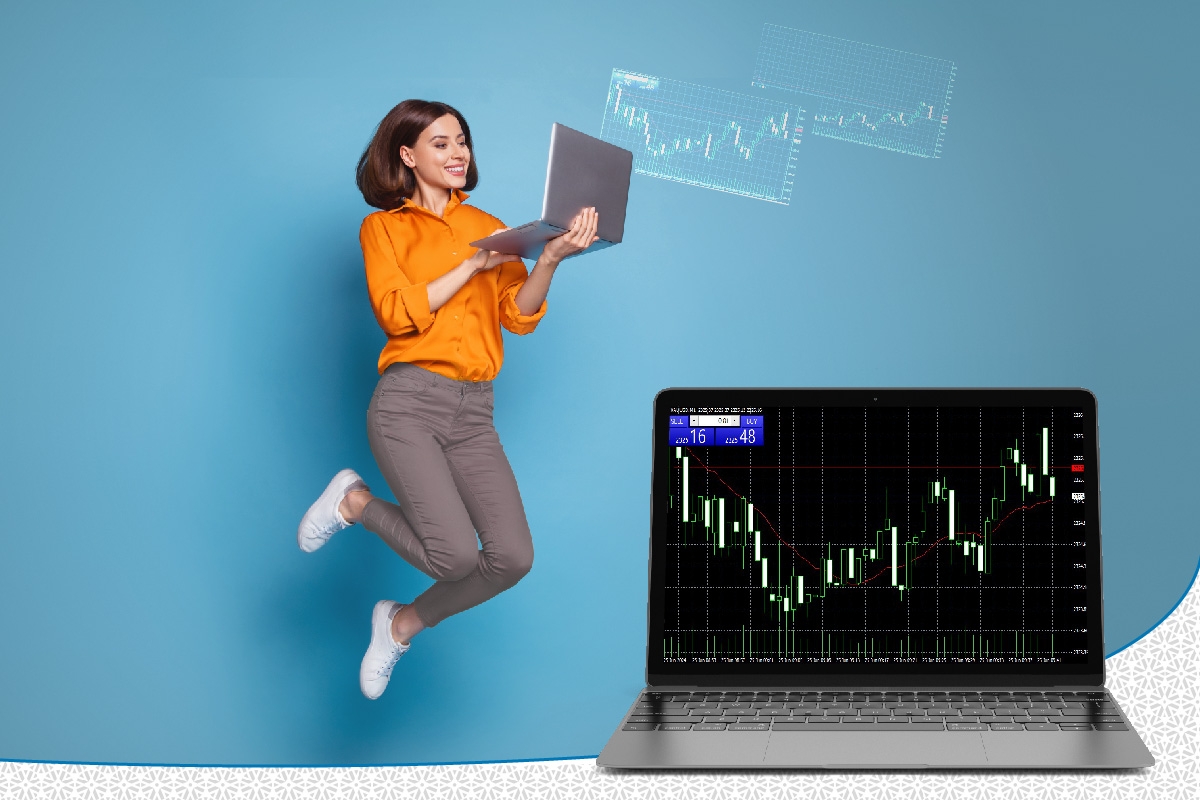MT4 Tutorial for Beginners: Learn How to Trade with MetaTrader 4
If you’re new to MetaTrader 4 (MT4), this step-by-step tutorial is your go-to starting point. MT4 is one of the most popular trading platforms in the world, used by millions of traders for forex, commodities, and more. It combines a user-friendly interface with powerful features, but like any platform, there’s a learning curve. This guide will walk you through everything you need to know to get started confidently.
1. Navigating the MT4 Platform
When you first launch MT4, you'll see multiple windows and menus. Here's a quick breakdown:
- Market Watch: Displays real-time price quotes for all available trading instruments.
- Navigator: Gives access to your accounts, indicators, Expert Advisors (EAs), and scripts.
- Chart Window: Where you perform technical analysis and monitor price movements.
- Terminal: Located at the bottom, showing your trade history, open positions, alerts, and more.
2. How to Place Trades on MT4
Placing a trade is simple once you understand the basics:
- Right-click on the currency pair or asset in the Market Watch window and select "New Order."
- Choose your order type (market execution or pending order), set your lot size, and optionally add a stop loss or take profit.
- Click “Buy” or “Sell” to execute the trade. The position will appear in the Terminal window below.
You can also modify or close trades by right-clicking on them in the Terminal and selecting the relevant option.
3. Analyzing Charts and Using Tools
MT4 offers a range of chart types—line, bar, and candlestick. Most traders prefer candlesticks for their clarity. You can customize timeframes (from 1 minute to monthly), zoom in/out, and apply drawing tools like trendlines or Fibonacci retracements. Right-click on the chart to access settings or use the toolbar above to switch tools quickly.
4. Applying Technical Indicators
To add an indicator:
- Go to the “Insert” menu > “Indicators” or drag an indicator from the Navigator panel onto your chart.
- Choose from built-in tools like RSI, MACD, or Bollinger Bands, or install custom indicators downloaded from trusted sources.
- Adjust the settings to match your strategy, and the indicator will appear directly on your chart.
5. Understanding Candlestick Patterns
Candlestick patterns give insights into market sentiment. Here are a few basics to recognize:
- Doji: Indicates indecision; potential trend reversal.
- Engulfing: A strong reversal signal when a larger candle fully engulfs the previous one.
- Hammer: A bullish sign after a downtrend, showing possible reversal upward.
Learning to read candlestick formations helps improve your timing for entries and exits.
6. Setting Alerts in MT4
You can set price alerts so you never miss a trading opportunity. Here’s how:
- Go to the “Terminal” window and select the “Alerts” tab.
- Right-click > “Create” and set the conditions for your alert (e.g., price level, direction, sound).
- Alerts can be configured to play a sound, show a pop-up, or even send an email.
7. Practicing with a Demo Account
Before risking real money, it's highly recommended to open a free MT4 demo account. You’ll get virtual funds to practice trading in real market conditions. Use this opportunity to test strategies, get familiar with order execution, and gain confidence without any financial risk.
8. Switching to Live Trading
Once you’ve built enough experience and feel confident in your approach, you can switch to a live account. Log out of the demo account, then log in using your live trading credentials provided by your broker. Remember to start small, manage your risk, and always trade with a clear plan.
Final Thoughts
Learning MT4 is a valuable investment for any aspiring trader. With practice and patience, the platform becomes a powerful tool for charting, analysis, and trade execution. Bookmark this tutorial, take it step-by-step, and you’ll be up and trading in no time.


